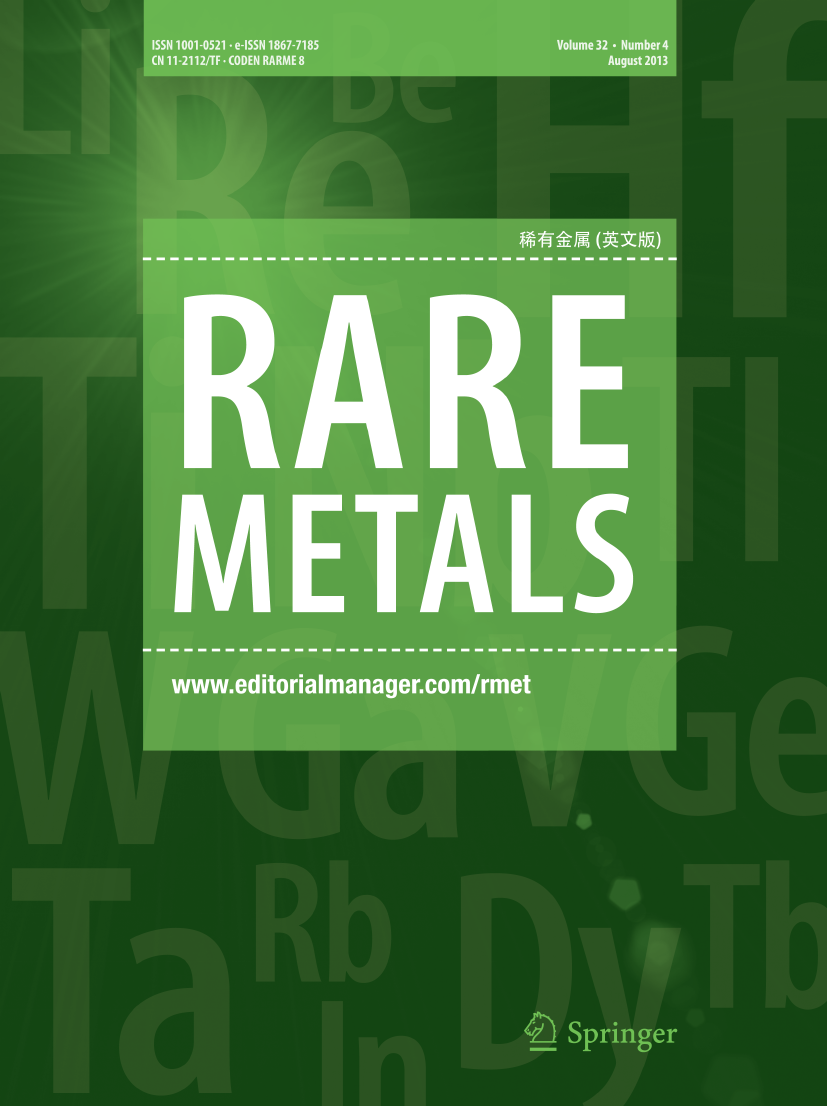In-situ reconstruction of N-doped carbon nanoflower coating layer for enhancing high pseudo-capacitance in Bi-based fast-charging lithium-ion batteries
Abstract
As one of the alloy-type lithium-ion electrodes, Bi has outstanding application prospects for large volume capacity (3800 mAh·cm−3) and high electronic conductivity (1.4 × 107 S·m−1). However, the fast-charging performance is hindered by significant volume expansion (> 218%) and a low rate of phase diffusion. To overcome these two problems, an N-doped carbon nanoflower coating layer was elaborately in-situ reconstructed on a multiple-wall Bi microsphere by hydrothermal methods and subsequent calcination in this study. The carbon nanoflowers greatly increase specific surface area (40.0 m2·g−1) and alleviate the volume expansion (130%). In addition, the incorporation of N-doped carbon nanoflowers leads to a gradual enhancement in the Li adsorption energy of Bi during the process of lithium insertion and improves the electrical conductivity. Therefore, the contribution rate of pseudo-capacitance reached 87.5% at the scan rate of 0.8 mV·s−1, and the Li-ion diffusion coefficient (\(D_{\text{Li}^{+}}\)) was calculated in the range of 10−10 to 10−12 cm2·s−1. The Bi@CNFs anode provided a high specific volumetric capacity of 2117.0 mAh·cm−3 at 5C and a high capacity retention ratio of 93.2% after 800 cycles. The Bi@CNFs//LiFePO4 full cell also displayed a stable capacity of 113.9 mAh·g−1 and energy density of 296.1 Wh·kg−1 after 100 cycles with a Coulombic efficiency of 97.6%. The mechanism of fast-charging lithium storage was verified by distribution of relaxation time analysis and density functional theory calculation. This paper provides a new strategy to increase the pseudo-capacitance and reduce the volume expansion for the preparation of alloy-type fast-charging electrodes.
Graphical abstract

 求助内容:
求助内容: 应助结果提醒方式:
应助结果提醒方式:


